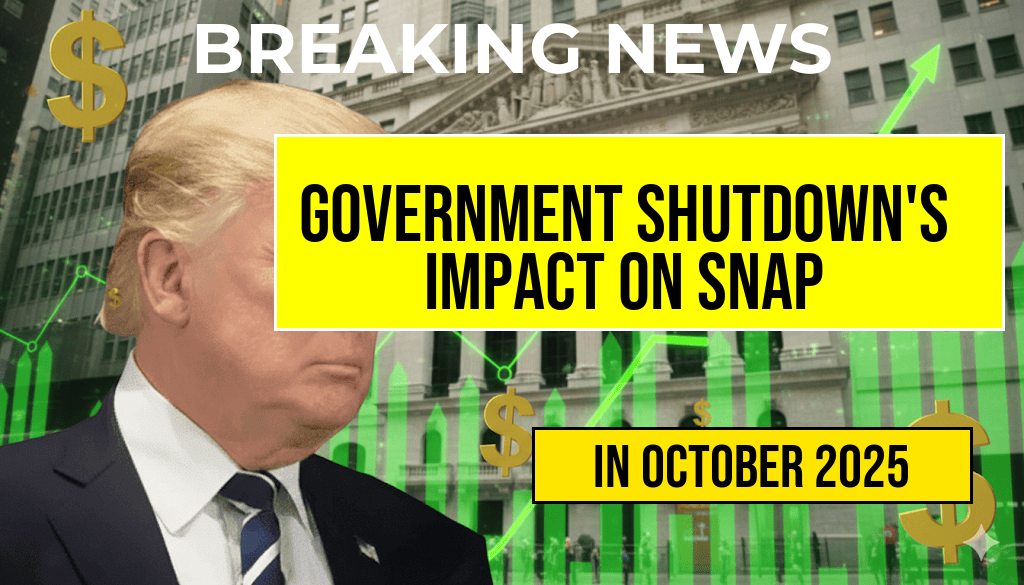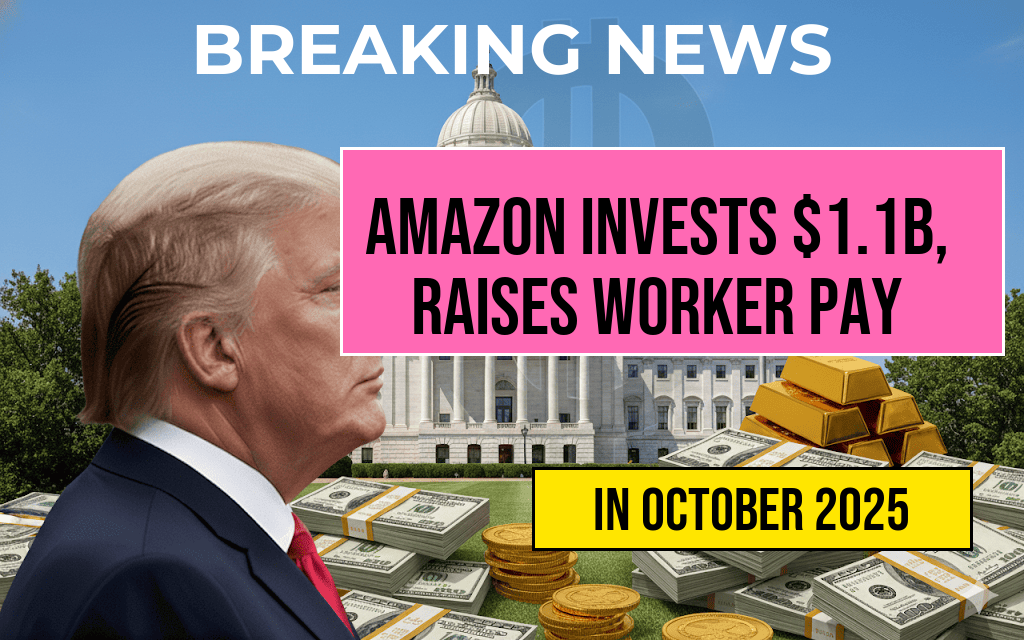The impending government shutdown threatens to disrupt vital social programs across the United States, with Supplemental Nutrition Assistance Program (SNAP) benefits and food stamp assistance among the most vulnerable. As congressional leaders struggle to reach an agreement on federal funding, millions of Americans who rely on these programs face uncertainty about their next meal. Historically, shutdowns have led to delays and reductions in benefit distribution, impacting low-income families’ ability to purchase nutritious food. The current impasse raises concerns about the immediate and long-term effects on food security, especially as economic pressures mount nationwide. Federal agencies have issued guidelines and contingency plans, but the scope and duration of potential disruptions remain uncertain, prompting advocacy groups and policymakers to seek solutions to safeguard vulnerable populations during this period.
The Potential Impact on SNAP Benefits During a Shutdown
Funding Disruptions and Benefit Delays
SNAP, formerly known as food stamps, provides assistance to over 40 million Americans, including children, seniors, and disabled individuals. The program operates largely on federal funding allocated through the annual appropriations process. If a government shutdown occurs, funding for SNAP can be temporarily halted or delayed, resulting in immediate concerns about benefit issuance. During previous shutdowns, affected beneficiaries reported delays in receiving their monthly benefits, which are typically deposited onto Electronic Benefits Transfer (EBT) cards. These delays can lead to food shortages and increased financial strain for families already struggling to make ends meet.
Contingency Plans and Temporary Measures
In past shutdowns, the U.S. Department of Agriculture (USDA) has implemented contingency plans to continue processing benefits for a limited period, often covering the first few weeks of a shutdown. However, these measures are not indefinite. Once federal funds are exhausted or administrative capacity is overwhelmed, beneficiaries may experience disruptions. Some states have established reserves or alternative funding sources, but these are not universally available. The USDA has also clarified that, in the absence of new appropriations, benefit issuance may be suspended or reduced, leaving millions uncertain about their access to food assistance.
Legal and Policy Considerations
Automatic Benefit Extensions and Legislative Interventions
Lawmakers have occasionally enacted emergency measures to extend SNAP benefits during shutdowns, preventing abrupt cuts and ensuring ongoing assistance. For instance, some states have used state funds or temporary federal authorizations to maintain benefit flow. Nonetheless, these measures often require swift legislative action, which may not be feasible in a protracted shutdown scenario. The absence of such interventions could result in benefit interruptions that exacerbate food insecurity among vulnerable populations.
Impacts on Food Security and Poverty Levels
Disruptions to SNAP benefits directly affect the ability of low-income families to access nutritious food, which can lead to increased reliance on emergency food programs and charitable organizations. According to the USDA, SNAP reduces poverty by approximately 8%, underscoring its role as a critical safety net. Interruptions could reverse progress made in combating hunger, especially during economic recovery periods or crises such as rising inflation and inflationary pressures that strain household budgets.
Broader Economic and Social Ramifications
Local and National Economic Effects
| Aspect | Potential Effect |
|---|---|
| Retail Sales | Decreased consumer spending at grocery stores, impacting local economies |
| Food Industry | Potential reduction in demand for food suppliers and distributors |
| Public Health | Increased risk of malnutrition and related health issues among vulnerable groups |
Community and Nonprofit Responses
Community organizations and food banks often brace for increased demand during federal funding gaps. Many have contingency plans to expand emergency food distributions, but their capacity is limited. Increased reliance on charitable assistance may strain resources, leading to longer wait times and reduced service quality. These organizations serve as critical buffers but cannot fully compensate for the loss of federal support, highlighting the importance of stable government funding for social safety nets.
What Comes Next?
Monitoring and Preparedness
Federal agencies continue to monitor the situation, with updates expected as negotiations unfold. Beneficiaries are advised to stay informed through official channels such as the USDA and state agencies. Some states have issued guidance encouraging residents to prepare for potential disruptions by stocking up on non-perishable foods and seeking assistance from local food banks.
Policy Advocacy and Legislative Outlook
Advocacy groups are urging Congress to prioritize funding for social safety net programs, emphasizing the importance of protecting vulnerable populations during political impasses. Some lawmakers have proposed legislation aimed at providing emergency funding to prevent benefit disruptions, but political disagreements have hindered progress. The outcome of these negotiations will influence the scale and duration of the impact on SNAP recipients.
For more information about SNAP and its role in combating food insecurity, visit Wikipedia’s overview of SNAP and the USDA’s official website at USDA Food and Nutrition Service.
Frequently Asked Questions
What is the government shutdown and how does it affect SNAP benefits?
The government shutdown occurs when federal funding is temporarily halted due to the lack of approval of the budget. During such periods, SNAP benefits (Supplemental Nutrition Assistance Program) may be impacted, potentially leading to delays or reductions in assistance for eligible recipients.
Will food stamp assistance continue during a government shutdown?
In many cases, food stamp assistance continues during a government shutdown because funding is typically authorized for a certain period. However, the duration of the shutdown and specific federal decisions can lead to disruptions or delays in benefit distribution.
How can SNAP recipients prepare for a potential government shutdown?
SNAP recipients should review their benefit schedules, ensure their contact information is up to date, and consider budgeting carefully in case of delays. Staying informed through official government channels can also help anticipate any changes or disruptions.
Are there any support programs available if SNAP benefits are interrupted?
Some states may offer emergency food assistance or support programs during a government shutdown. It is advisable to contact local social services or food banks to learn about available resources and assistance options during such periods.
When will SNAP benefits return to normal after a government shutdown?
The SNAP benefits typically resume normal processing once the government shutdown ends and federal funding is restored. The exact timeline depends on congressional actions and budget approvals, but beneficiaries are usually notified of any changes as they occur.






